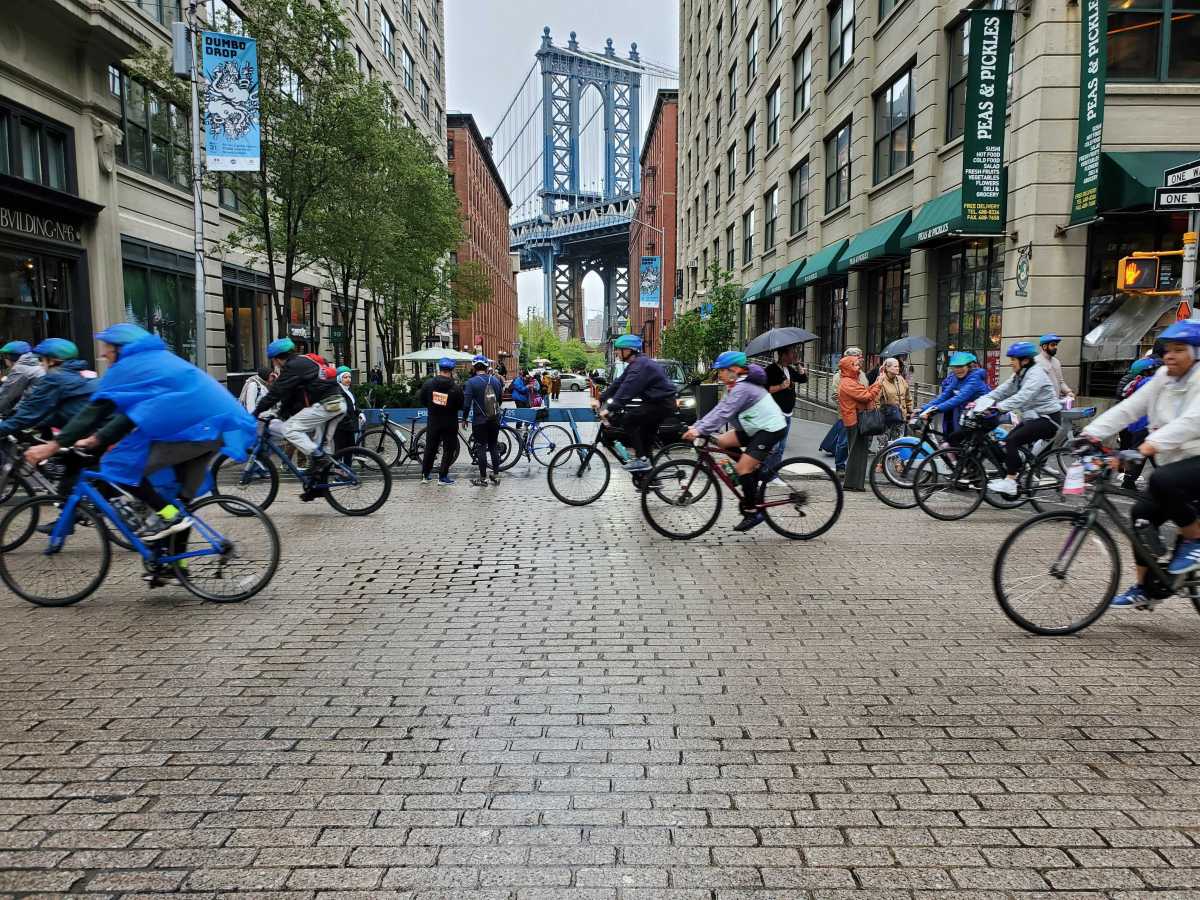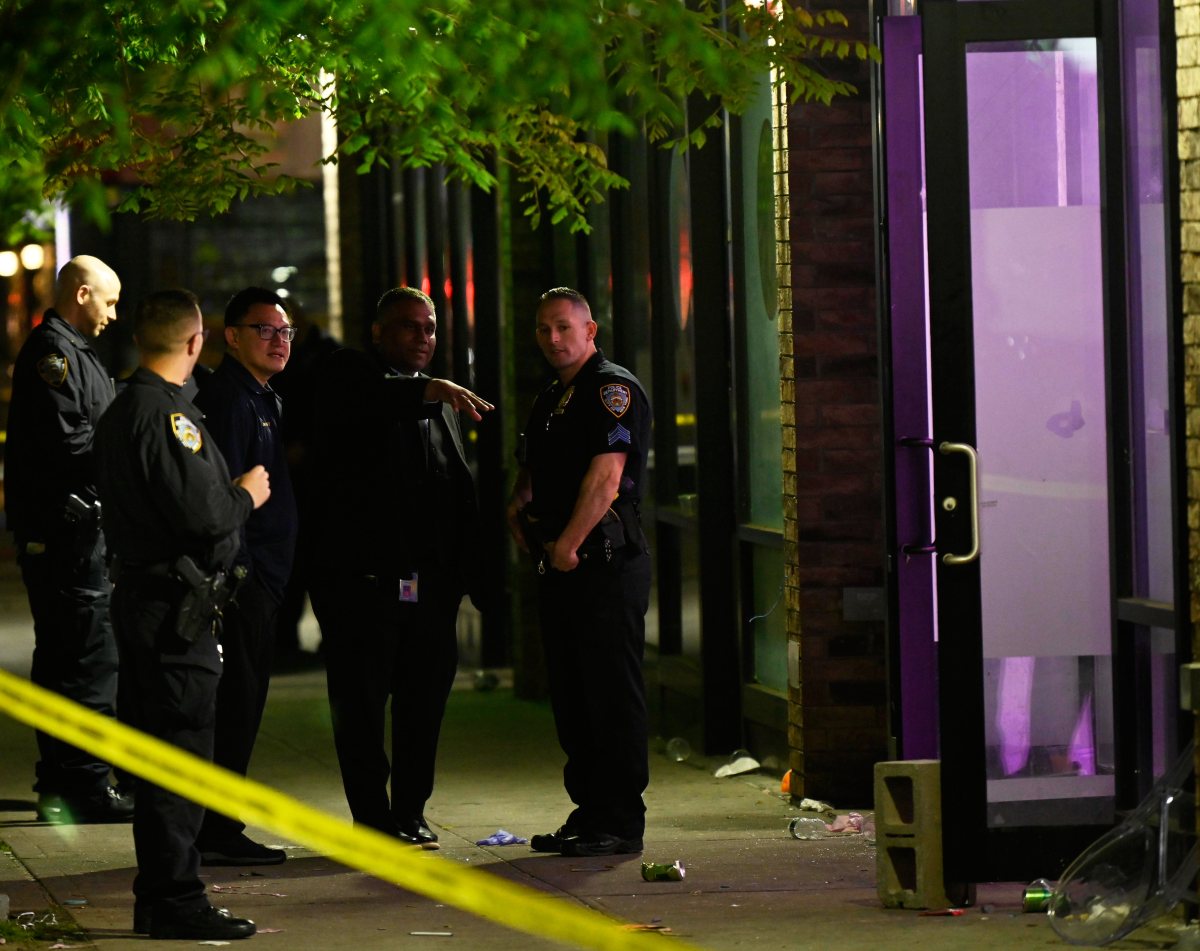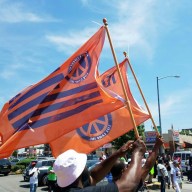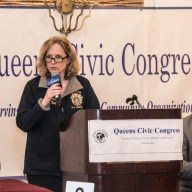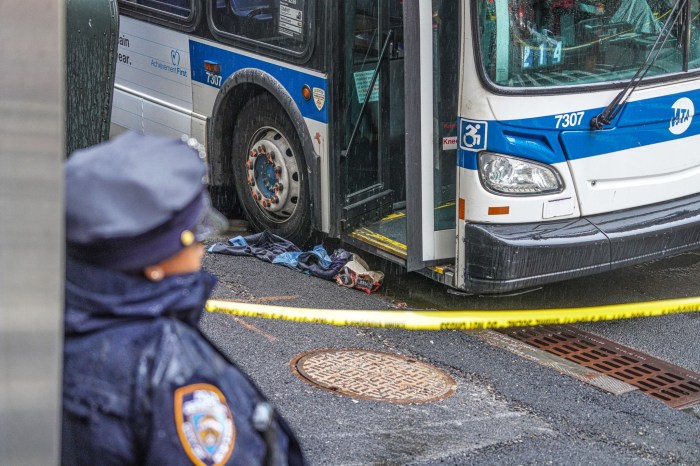By Stephen Witt
While opinions on several new aspects of the proposed Brooklyn Bridge Park are swirling in the air, newly elected Governor Eliot Spitzer has put a gag order on the state agency holding an upcoming public hearing. “We can’t give any information as the new [Spitzer] Administration is reviewing and accessing all the projects,” said Empire State Development Corporation (ESDC) spokesperson Jessica Copin. The ESDC also serves as the go-between to the Brooklyn Bridge Park Development Corporation (BBPDC) so that organization was unavailable for comment. That being the official line, the ESDC and BBPDC’s Modified General Project Plan, released Dec. 18, for the proposed 85-acre Downtown Brooklyn waterfront park has two main differences from the original project plan. The first is in the name change from the originally titled Brooklyn Bridge Park Civic Project to the Brooklyn Bridge Park Civic and Land Use Improvement Project. The former title enabled the Brooklyn Bridge Park Development Corporation to enter into leases with governmental entities. The latter name change allows BBPDC to enter into a lease agreement with private entities. With the approved name change in tact, the ESDC and the BBPDC also released the conditions for a lease agreement with RAL Companies, the owners of 360 Furman Street. The lease conditions are a crucial component in generating funds so that the park can be self-sustaining. Currently, the 14-story, 360 Furman Street building, formerly owned by the Jehovah’s Witnesses, is being converted into 449 market-rate condominiums with retail on the bottom floor, according to PAL Companies Principal Robert Levine. Under the lease conditions, RAL Companies will sell the site to the BBPDC for a nominal price and the BBPDC will lease the site back to RAL Companies for a 99-year lease. Following the conversion to condominiums, the new unit owners will pay rent as well as PILOT (Payment in Lieu of Taxes) payments and the money will go towards the maintenance and operations of the park. Additional revenue will be generated through the developer, the retailer and percentages of gross revenue. Nancy Webster, of the for the Brooklyn Bridge Park Conservancy, which advocates for the park, said at first glance the lease agreement looks okay. “We haven’t looked over the lease agreement with a fine-tooth comb, but so far we haven’t seen anything to be alarmed at or to cause concern,” said Webster. Webster said the BBPDC has previously said they expect 360 Furman to generate about $7 million annually for the park. But Judi Francis, president of the Brooklyn Bridge Park Defense Fund, called the lease conditions a sweetheart deal for the developer. The lease conditions allow for rent to be based on between $1 and $2 per square foot which is shamefully low, said Francis. “It is a giveaway to the developers who sit inside a park on the greatest harbor on earth,” she said. Francis, whose organization has been in court over the park development, estimated 360 Furman Street would generate between $6 and $7 million annually and that the numbers are “fabricated to justify housing.” Francis noted the housing component includes plans for five other developments surrounding or in the park. This includes a 20-and 30-story towers on Furman Street at the foot of Atlantic Avenue, two hotel/residential buildings at Old Fulton Street upland of Pier 1, and a building beneath the Manhattan Bridge at John Street, she said. Francis maintains that the BBPDC’s $15.2 million annual estimation to run and maintain the park is way to high, and that the real cost should be between $6 and $9 million. “This [360 Furman Street] building alone should be able to support the park,” said Francis. “We hope the new governor and the new ESDC will act on that belief.” But Webster said Francis’ figure to run the park depends on what it’s compared to. This is a waterfront park so if you compare it to Prospect Park it is high, she said, adding maintenance of piers, for example, is expensive. “If you compare it with other waterfront parks such as to Hudson River Park and Battery Park City, the costs are comparable per acre,” she said. The ESDC and BBPDC will hold a public hearing on the Modified Project Plan and the lease conditions from 6-8 p.m., Monday, January 29 at Polytechnic University, 5 MetroTech Center.






